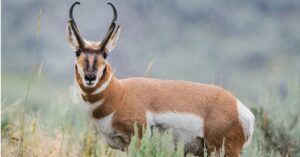There is a lot of confusion when talking about the deer-like animals that most people associate with the savannahs of Africa. Most people refer to impalas, antelopes, and gazelles interchangeably, but is there actually a difference between them all? Today, that’s exactly what we are going to be exploring! Let’s learn all about the differences between the impala vs antelope.
Comparing an impala and an antelope
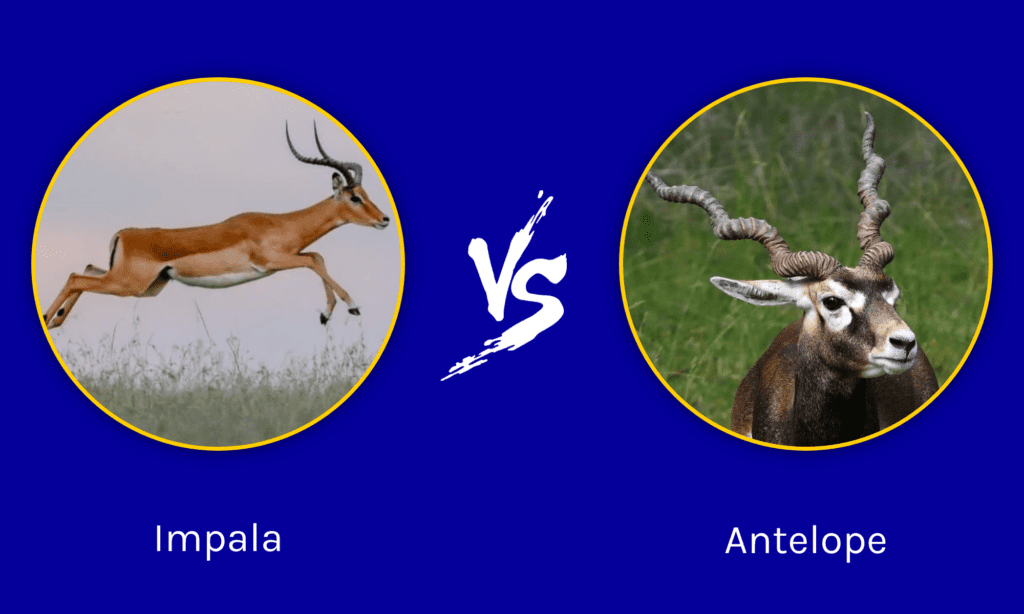
| Impala | Antelope | |
|---|---|---|
| Definition | A particular species of deer-like Bovidae within the antelope group. | A group of ruminants native to Africa and Asia. |
| Scientific naming | Classified as antelopes. Only members of the Aepyceros genus. | Contain all members of the Bovidae family that aren’t sheep, cattle, or goats. |
| Examples | One distinct species with two recognized subspecies. | 91 unique antelope species. |
| Size | Height: 3-5 feet on average. Weight: 88 to 170 lbs | Height: 9.5 in to 5 ft 10 in Weight: 3.5 lbs to 2,100 lbs |
| Distribution | Southern Africa | Africa, Middle East, Eurasia |
The 5 main differences between an impala and an antelope
The difference between impalas and antelopes is that impalas are members of the antelope group. All impalas are antelopes.
Although it isn’t well known, antelopes aren’t actually a single species of animal. In fact, antelopes are a group of animals that fit a certain description. Any animal that fits the description is able to be classified as an antelope. As it stands, impalas fit the description and are classified as antelopes. Asking the difference between an impala and an antelope is like asking the difference between an apple and a fruit.
Still, even with the presupposed question not being exactly correct, there are some things that we can learn from comparing the two. Impalas are unique animals, and we can easily compare them with some of the other members of the antelope group.
Let’s take a deep dive into what an impala and an antelope are to see what we can learn!
Impala vs Antelope: Definition
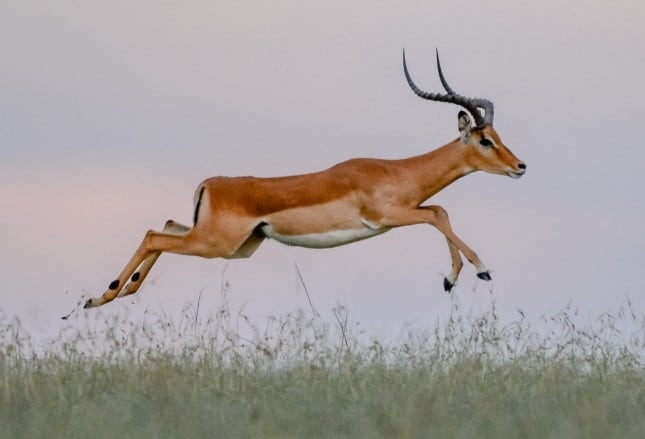
Impalas are a species of ruminant within the larger group known as ” antelopes.”
©wayak/Shutterstock.com
Impalas are medium-sized antelopes that exclusively live in the southern portion of Africa. They aren’t considered gazelles, although they are considered to be antelopes. These deer-like creatures travel in groups and are extremely common within their distribution. Impalas have rumens and an even number of toes. Since they aren’t classified as cows, goats, or sheep, they are classified within the antelope group.
Antelopes are a large group of animals that are specified to have an even number of toes, have rumens, and are indigenous to Africa, the Middle East, and Eurasia. If a creature isn’t classified as a goat, sheep, or cow and meets this criterion, it’s most likely considered an antelope. There are 30 genera and 91 species contained within the group. Additionally, there is a large amount of variance between members in this group, whether it be size, appearance, or a great many other things.
Impala vs Antelope: Scientific naming
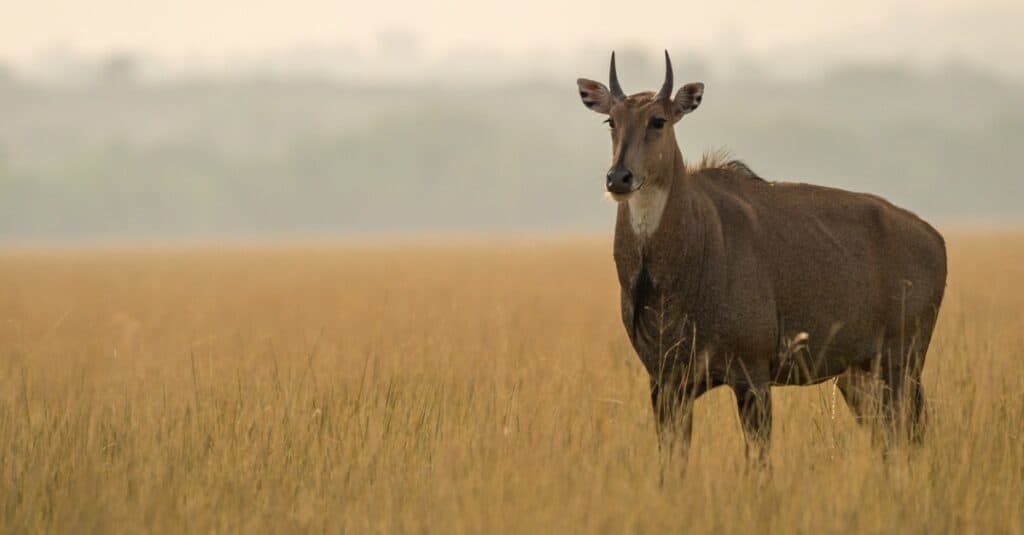
Impalas belong to the
Aepycerosgenus, while antelopes (pictured above) aren’t an official scientific category.
©iStock.com/Sourabh Bharti
The impala belongs to the Bovidae family, along with all other antelopes and gazelles. What makes impalas different, however, is that they belong to the Aepyceros genus and are the sole species within it. They are related to gazelles, although they aren’t classified as one. Gazelles all belong to the Gazella genus but have extremely similar features to the impala.
Antelopes aren’t a taxonomic category themselves. Instead, they are a loose group that encompasses any species in the Bovidae family other than species belonging to the Boselaphus genus, Bovini tribe (cattle), or the subfamilies Alcelaphinae and Caprinae. One distinction, however, is the American antelope. The American antelope hold the nake antelope, although it isn’t technically considered to be a true antelope. Another name for the American antelope is the pronghorn.
Impala vs Antelope: Examples
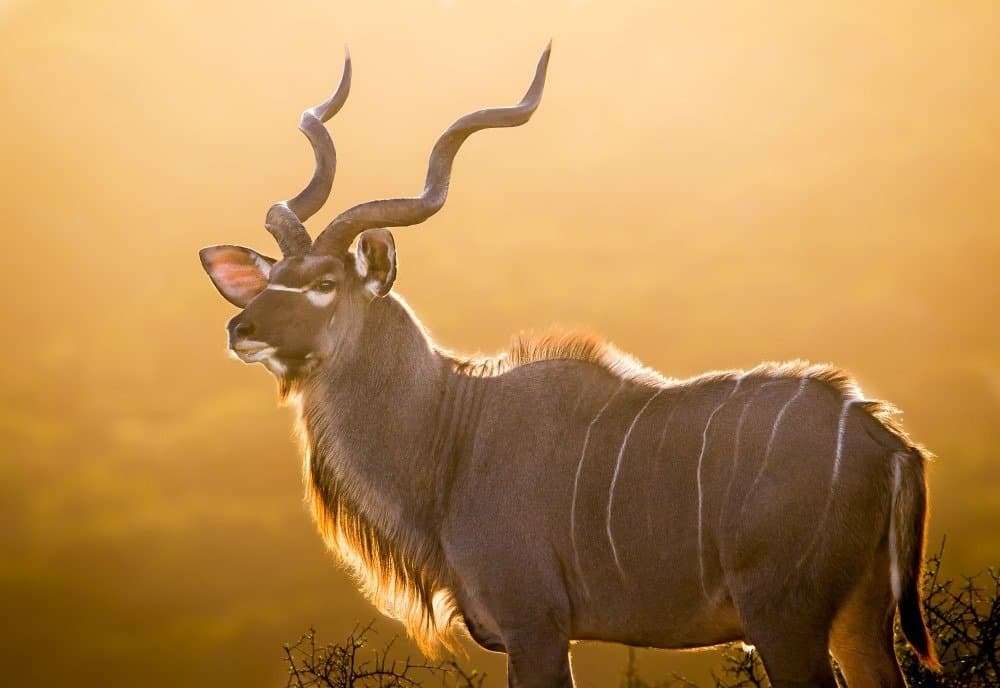
There are 91 species of antelopes.
©John Michael Vosloo/Shutterstock.com
Impalas are the monotypic species within the Aepyceros genus, meaning they are the only species within the group. Still, there are two recognized subspecies and a total of 6 unrecognized subspecies. The two recognized subspecies are the common impala and the black-faced impala. The other subspecies aren’t recognized due to the lack of DNA difference that is present within the two recognized subspecies.
There are 91 species that are considered antelopes. Here are some of the most common examples:
- Africa
- gemsbok
- gerenuks
- springbok
- gnu
- most gazelles
- Asia and the Arabian Peninsula
- Arabian oryx
- Dorcas gazelle
- blackbuck
- Tibetan antelope
- saiga
Impala vs Antelope: Size
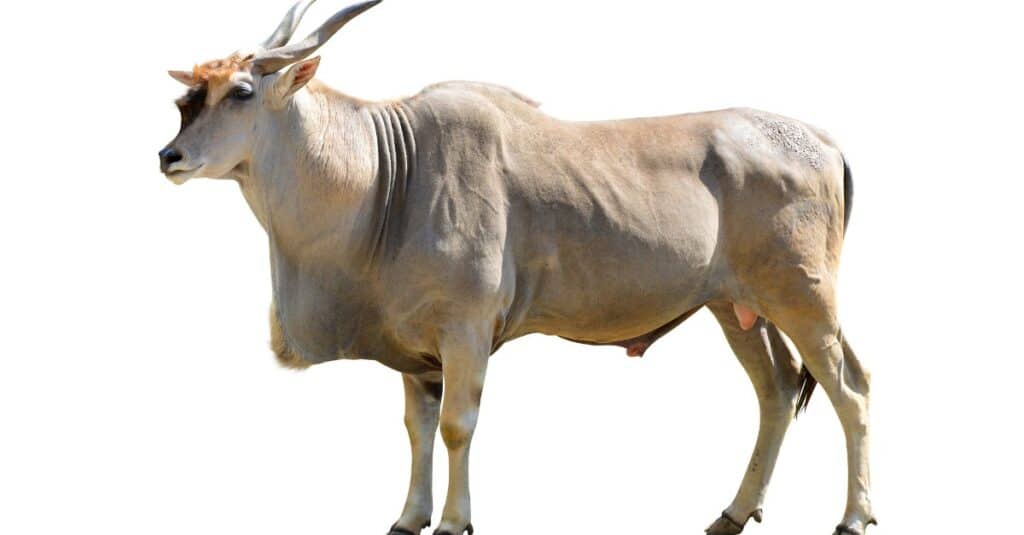
The common
eland
is the largest type of antelope.
©iStock.com/vencavolrab
The average impala falls around the middle in regards to the size of all the antelopes. Impalas usually measure 3-5 feet at the shoulder and weigh between 88 and 170 lbs.
Antelopes are a varied group of animals with a wide discrepancy between the sizes of various species. The smallest antelope is the royal antelope, measuring only 10 inches at the shoulder and weighing only 3.5 lbs. On the other end of the spectrum, the largest antelope is likely the common eland. Elands can measure nearly 6 feet at the shoulder and weigh up to 2,100 lbs.
Impala vs Antelope: Distribution

Imapals are only found in southern Africa, while antelope can be found across Africa, Asia, and the Middle East.
©Kyle Meerholz – Public Domain
The two subspecies of impala are native to sub-Saharan Africa. The common impala lives throughout the majority of southern Africa, with the most northerly populations residing in Kenya. The black-faced impala population is quite small and is found within a small range on the border of Namibia and Angola.
Antelopes have a wide distribution, mostly due to how many species are considered part of the group. Most species are found in the savannas of Africa, however. The rest are found along the Arabian Peninsula, India, Central Asia, and even in the Himalayas.
The photo featured at the top of this post is © Victor Tyakht/Shutterstock.com
Thank you for reading! Have some feedback for us? Contact the AZ Animals editorial team.





